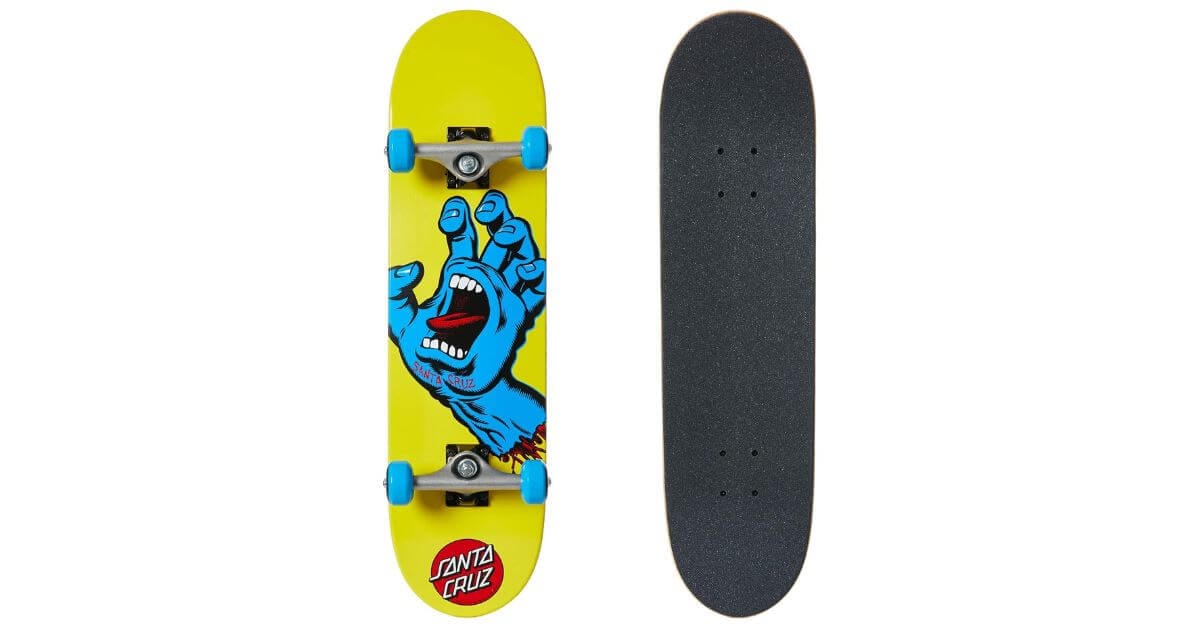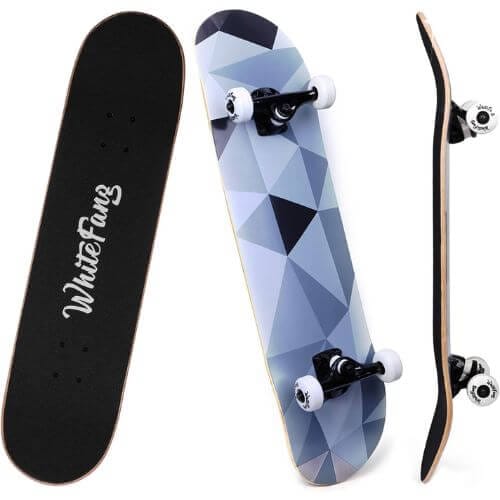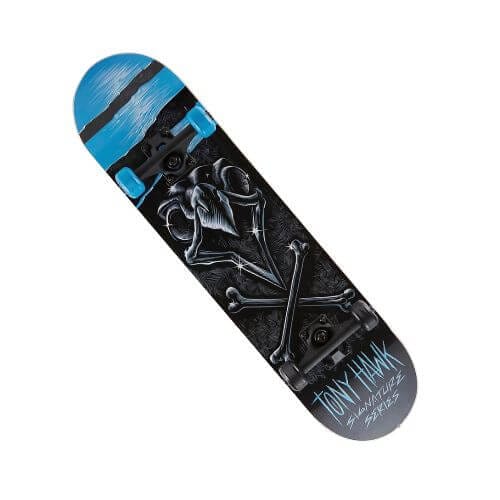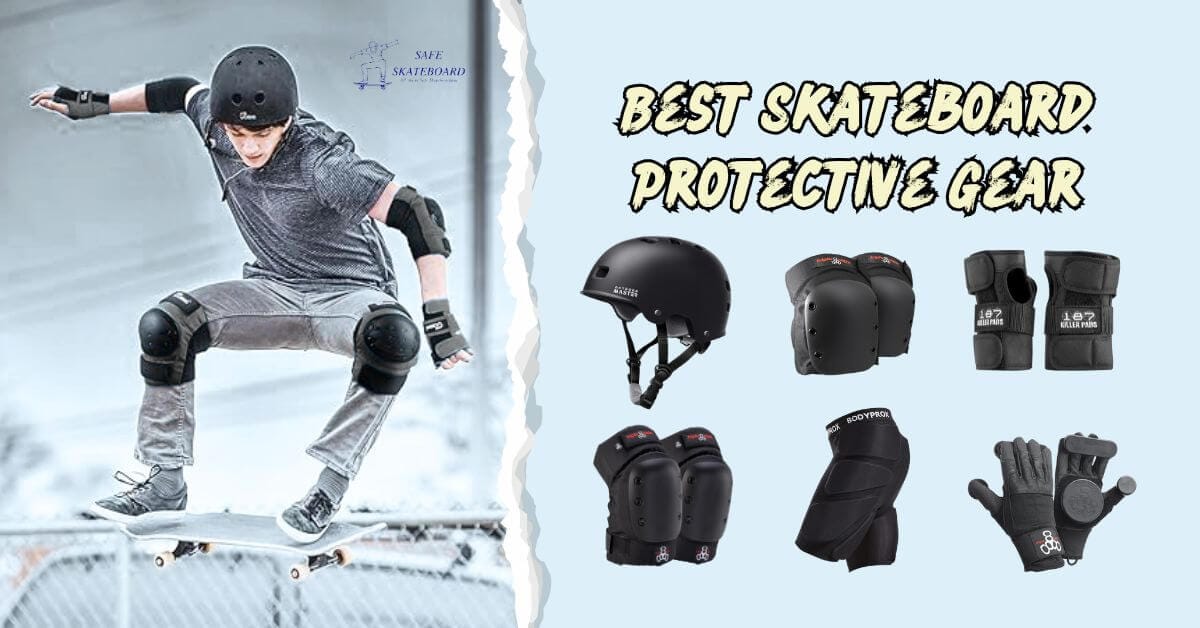Electric skateboards are fast, fun, and futuristic. But if you’re just starting out, you might be wondering: How hard is it to ride an Electric Skateboard? Do you need to be a pro skater already? Or can anyone hop on and cruise?
Learning to ride an electric skateboard can feel tricky at first, especially with a motor involved. Balancing, braking, and managing speed with a remote? It’s a whole new experience. But don’t worry. Like anything new, it gets easier with time.
In this guide, you’ll learn what challenges most beginners face, what skills really matter, and how to build your balance and control step-by-step. This will help you decide if riding an electric skateboard is right for you.
So, ready to find out how hard it really is to ride an electric skateboard? Let’s get into it!
What Is Electric Skateboarding and Why Is It So Fun to Learn?
Zipping through the streets on an electric skateboard is thrilling. Many find the idea of riding one exciting. Yet, some feel unsure about how to begin. So, this section dives into the electric skateboarding basics. Also, it aims to ease beginners into the world of electric skateboarding.
Let’s break down the process and components to make it simple.
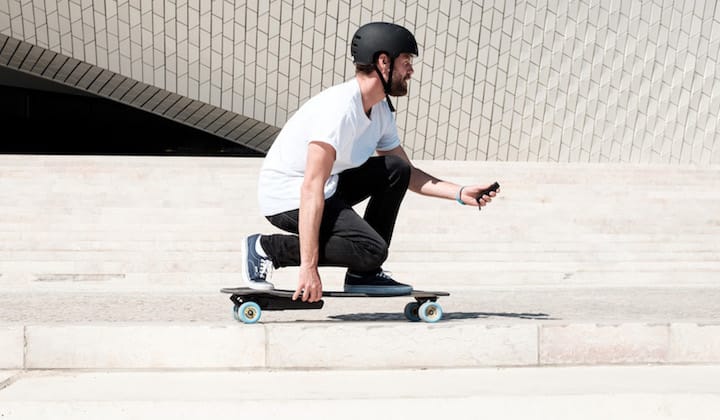
Getting Started With Your Electric Skateboard
Choose the right board for your needs. Consider the board’s size, weight, and range. So, wear a helmet and protective gear for safety, and start in an open space.
Also, practice balancing on the board without power. Gradually, use the remote to control the speed. Go slow and increase pace as you gain confidence.
- Read the manual to understand your board’s features.
- Charge the battery before your first ride.
- Learn to brake gently to avoid falls.
Skill Level Assessment for Electric Skateboarding
Electric skateboards offer a unique experience with various challenges based on your skill level. Also, assessing your abilities accurately can set you up for a fun and safe ride.
So, let’s explore the common challenges for beginners and what it takes to progress to intermediate riding.
Beginner Challenges in Electric Skateboarding
- Balance and Stability: Mastering standing firm on a moving board is key.
- Speed Control: Learning to manage speed with a remote requires practice. Also, I recommend that you read How Fast Do Electric Skateboards Go?
- Turning Techniques: New riders often struggle with smooth turns.
- Safety Measures: Understanding the importance of gear like helmets and pads is crucial.
For beginners, patience is essential. Start with slow speeds on flat, open areas. Gradually, as confidence builds, you can explore different terrains. Remember, safety should always come first.
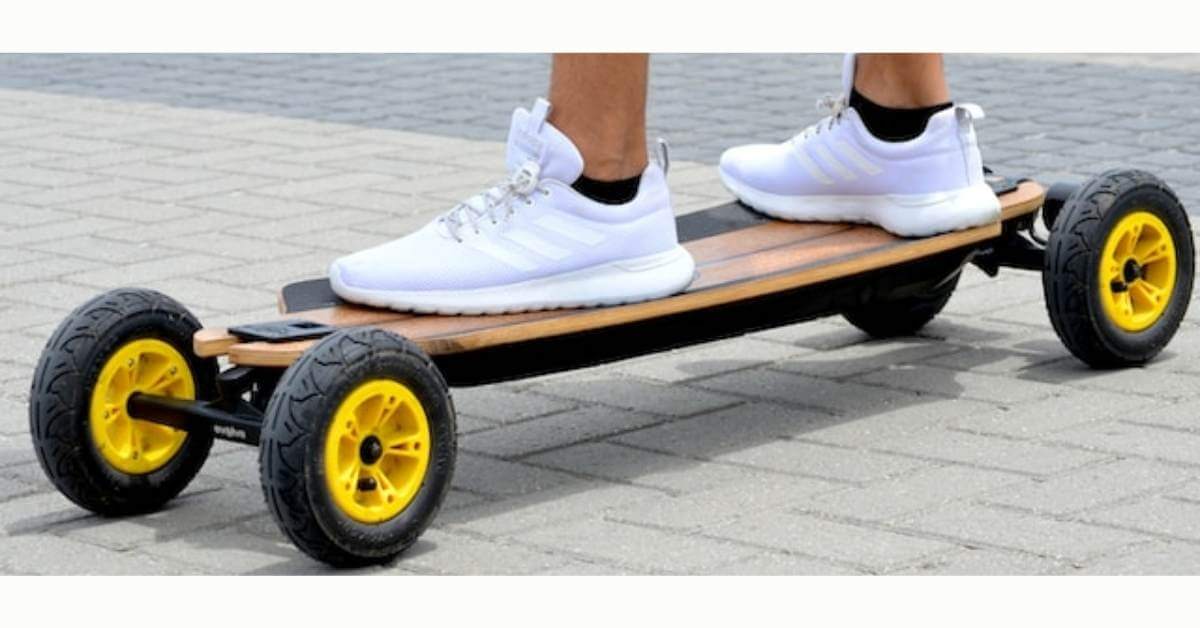
Progressing To Intermediate Riding an Electric Skateboard
- Refined Balance: With time, maintaining balance becomes more intuitive.
- Improved Control: Handling higher speeds and sharper turns becomes easier.
- Riding on Inclines: Riders learn to navigate uphill and downhill paths.
- Obstacle Navigation: Intermediate skills include avoiding obstacles smoothly.
So, transitioning to intermediate levels involves practice and a willingness to learn from mistakes. It’s important to challenge yourself and recognize your limits to prevent accidents.
Safety Gear and Precautions for Electric Skateboarding
Riding an electric skateboard combines the thrill of surfing the streets with the convenience of a motorized vehicle.
There is a common question for beginners: Are Electric Skateboards Safe? Remember that safety comes first. Just like any extreme sport, it involves risks. So, proper gear and precautions are non-negotiable.
Essential Protective Equipment for Electric Skateboard Riders
Before stepping on an electric skateboard, wear the right protective gear. This is crucial to minimize injuries during falls.
- Helmet: A must-have for head protection.
- Knee Pads: Shield your knees from scrapes.
- Elbow Pads: Keep your elbows safe during tumbles.
- Wrist Guards: Support your wrists upon impact.
- Gloves: Protect your hands and improve grip.
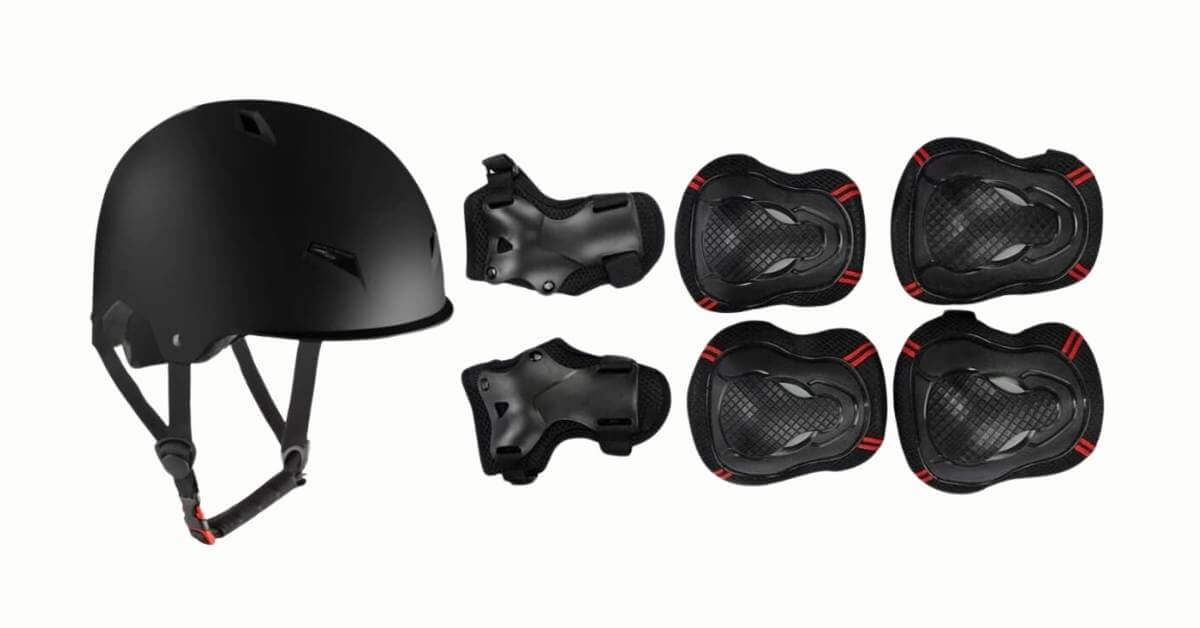
Pre-Ride Safety Checks for Electric Skateboards
Always perform a pre-ride check to ensure your board is in top condition. Also, this helps prevent accidents caused by equipment failure.
| Check | Details |
|---|---|
| Battery | Ensure it’s fully charged. |
| Wheels | Look for wear and tear. |
| Trucks | Check for tightness and alignment. |
| Deck | Inspect for cracks or damage. |
| Remote | Test for responsiveness. |
So, remember to start slow and practice in a safe area. Stay aware of your surroundings and ride within your limits. Enjoy the ride, and stay safe!
Mastering Balance and Control on an Electric Skateboard
Mastering balance and control is key to enjoying your electric skateboard. It might seem tricky initially, but with the right techniques, you’ll be gliding smoothly. So, let’s dive into some essential skills.
Foot Placement Techniques for Better Balance
Proper foot placement is crucial for maintaining balance. Here’s how to do it:

- Front foot: Place it near the front trucks. This helps with steering.
- Rearfoot: Set it perpendicular to the board. It stabilizes your ride.
Experiment with slight adjustments to find your most comfortable stance.
Weight Distribution for Smooth Electric Skateboard Riding
Distributing your weight correctly enhances control. Let’s explore below:
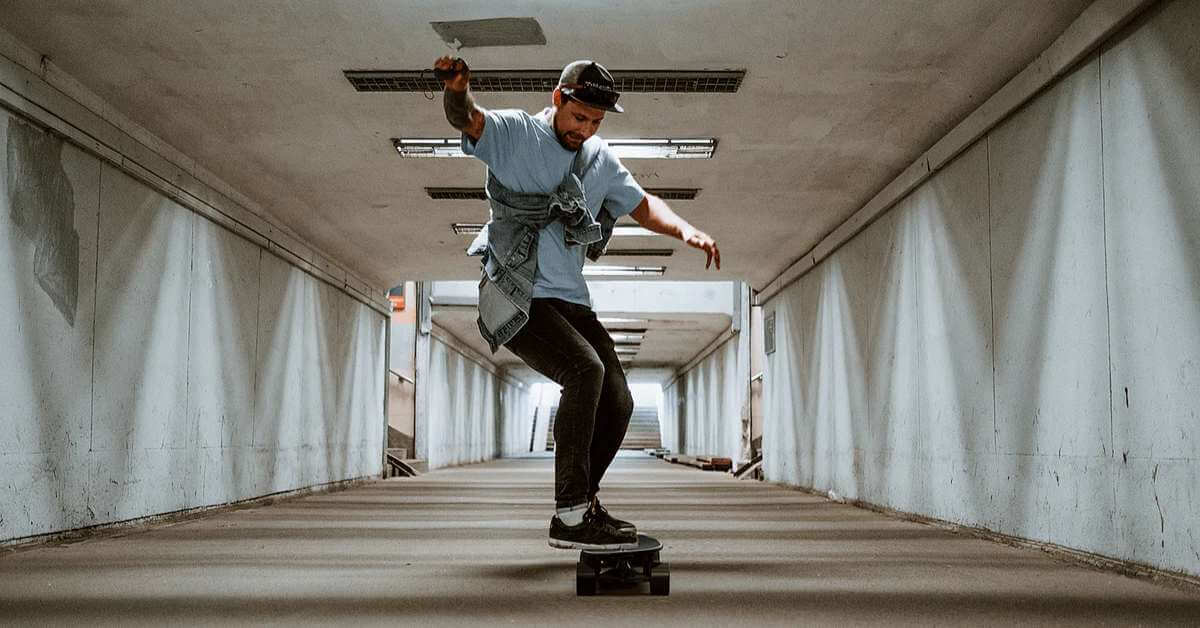
| Action | Weight Distribution |
|---|---|
| Turning: | Lean slightly into the turn. |
| Accelerating: | Lean forward gently. |
| Decelerating: | Shift your weight back. |
Practice shifting your weight in safe areas before hitting busier spots.
Power and Speed Management for Electric Skateboards
Mastering the art of power and speed management is crucial for riding an electric skateboard. Also, it’s not just about hopping on and zooming off. So, riders must understand how to control the board’s power to ensure a safe and enjoyable experience.
Understanding Throttle Mechanics on Electric Skateboard Remote
Electric skateboards come with a handheld remote. So, this remote controls the throttle. Riders press a trigger or slide a wheel to accelerate. Start slow to get a feel for the response.
- Gradual pressure increases speed smoothly.
- Sudden movements can cause falls.
- Practice makes perfect.
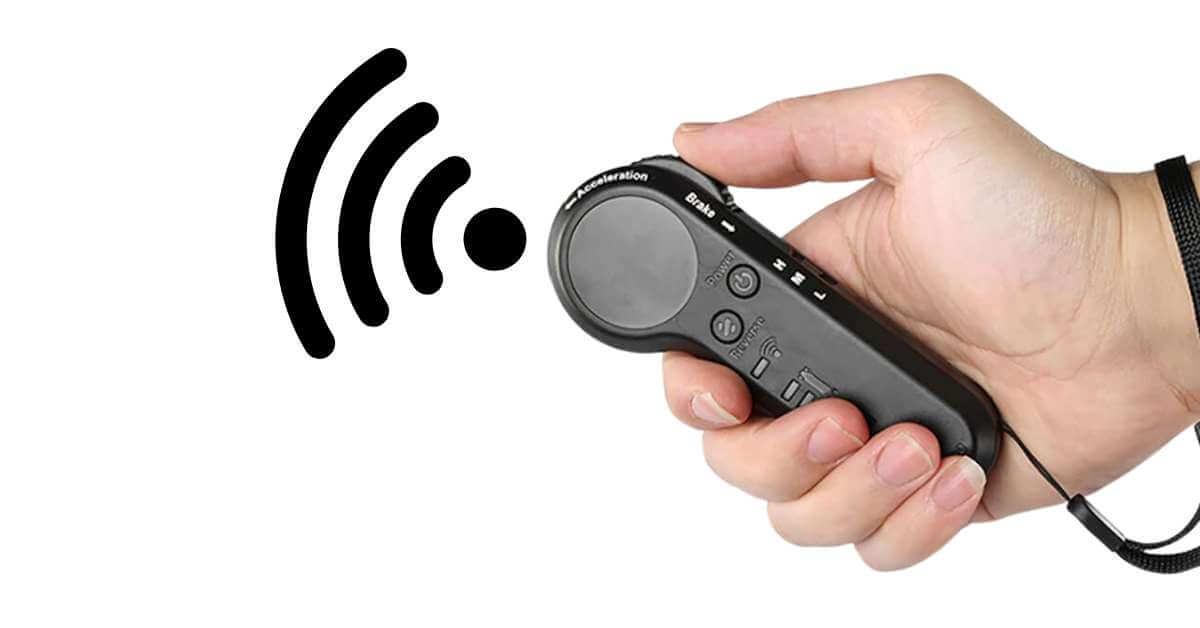
Braking and Speed Control Tips for Electric Skateboarding
Do Electric Skateboards Have Brakes? Braking requires finesse. So, you’ll find a brake on the remote. Use it to slow down. Also, it’s important to brake gradually. This keeps you safe and in control.
- Start braking well before you need to stop.
- Keep your body centered over the board.
- Adjust your stance for better balance.
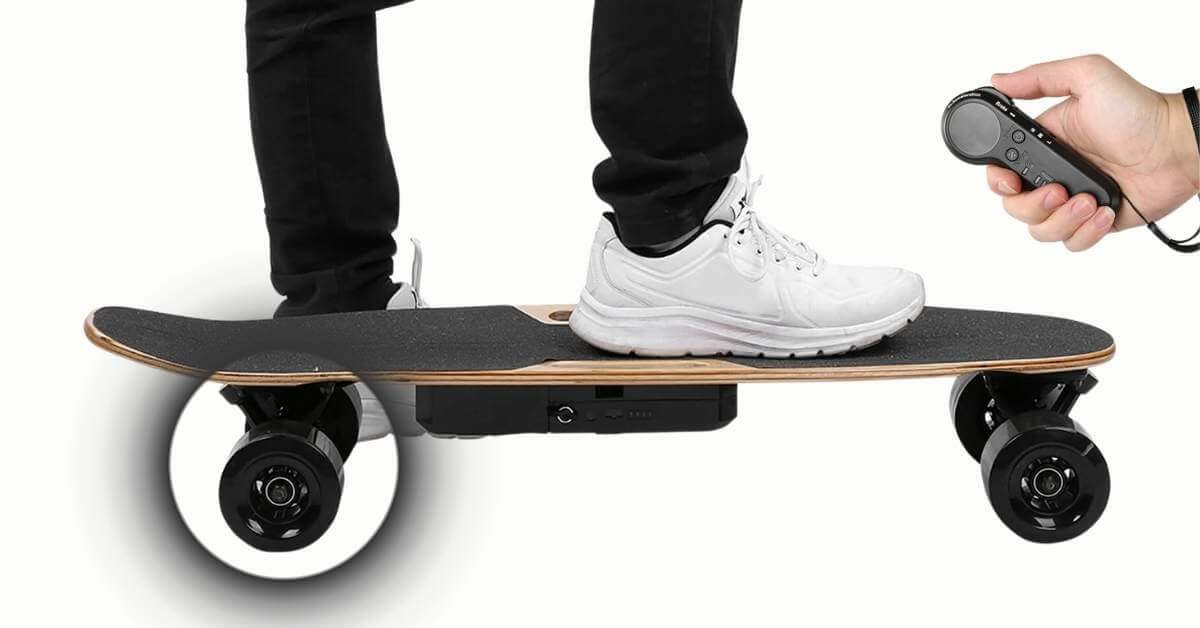
Avoid sudden stops to prevent being thrown off. Practice in a safe area before hitting the streets. For instance, this will boost your confidence in managing the board’s speed.
Frequently Asked Questions (FAQs) About How Hard It Is to Ride an Electric Skateboard
Is It Hard To Ride An Electric Skateboard?
Using an electric skateboard can be simple with practice. Beginners may need time to get comfortable, but modern boards are designed for user-friendliness. So, always start slowly and wear safety gear.
Can You Ride An Electric Skateboard Normally?
Yes, you can ride an electric skateboard like a normal skateboard. So, just turn off the power or use it without engaging the motor. This allows for traditional skateboarding techniques.
How Do You Ride An Electric Skateboard For Beginners?
Start by wearing safety gear, including a helmet and pads. Place your front foot on the board and use your back foot to push off.
Can You Manually Push An Electric Skateboard?
Yes, you can manually push an electric skateboard to conserve power if the battery runs out. Also, it functions like a regular skateboard in manual mode.
Warping-Up
Mastering an electric skateboard might seem daunting, but it’s an achievable skill with practice. Beginners should start slowly, focusing on balance and control. As confidence grows, so will proficiency.
So remember, safety is paramount—always wear protective gear. Embrace the challenge, and soon, you’ll enjoy the thrilling experience of electric skateboarding.



